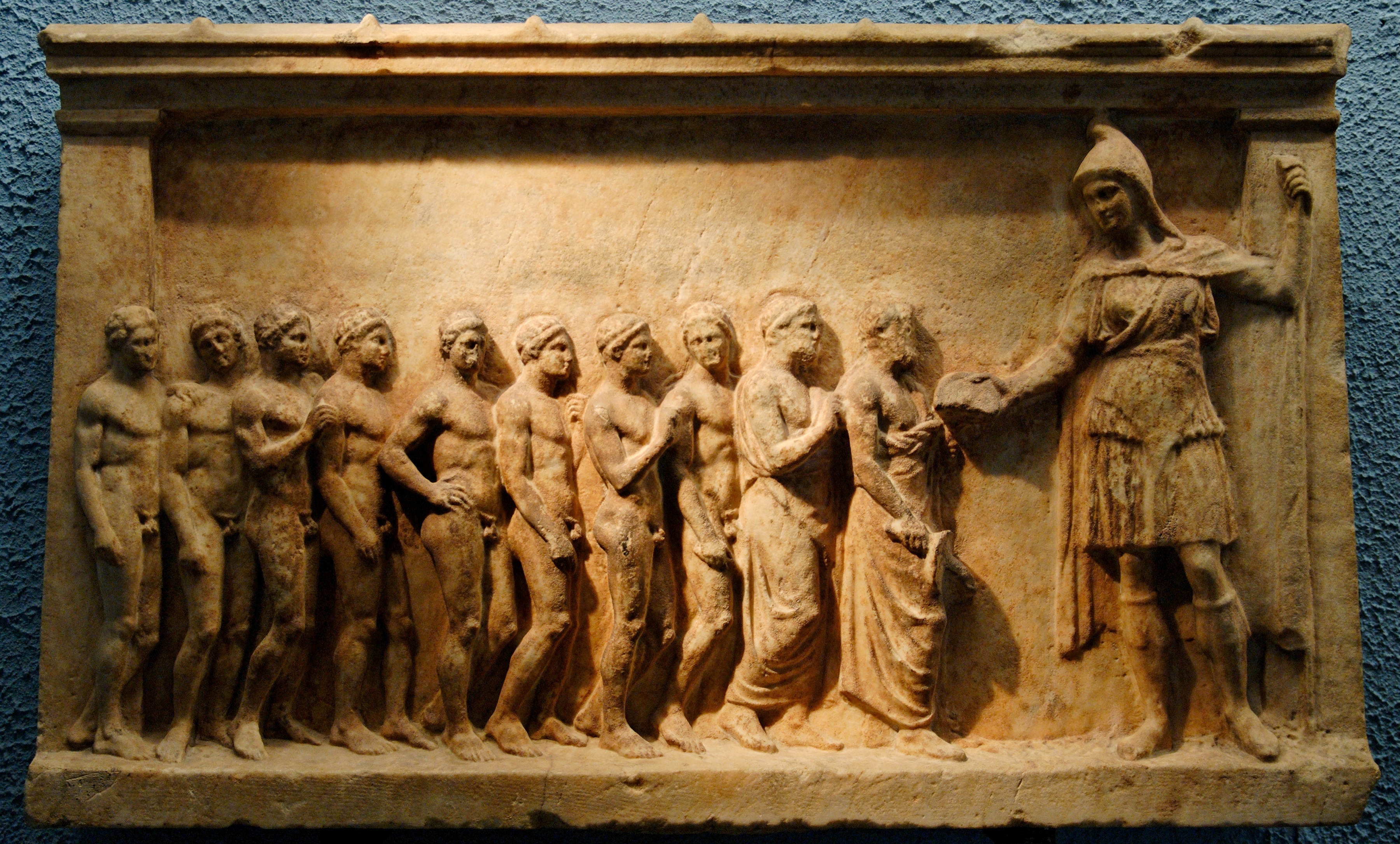Bendidia on:
[Wikipedia]
[Google]
[Amazon]
 The Bendidia was an ancient Athenian festival celebrating the
The Bendidia was an ancient Athenian festival celebrating the
 The Bendidia was an ancient Athenian festival celebrating the
The Bendidia was an ancient Athenian festival celebrating the Thracian
The Thracians (; grc, Θρᾷκες ''Thrāikes''; la, Thraci) were an Indo-European speaking people who inhabited large parts of Eastern and Southeastern Europe in ancient history.. "The Thracians were an Indo-European people who occupied t ...
goddess Bendis
Bendis ( grc, Βένδις) was a Thracian goddess associated with hunting and the moon. Goddess worship seems to have been introduced into Attica around 430 BC. Some writers identified Bendis in Attica with the goddess Artemis, but the temple ...
. It was celebrated on the 19th day of the month of Thargelion (late May, in the Gregorian calendar), and was introduced in 429 BC. The festival took place in the Piraeus
Piraeus ( ; el, Πειραιάς ; grc, Πειραιεύς ) is a port city within the Athens urban area ("Greater Athens"), in the Attica region of Greece. It is located southwest of Athens' city centre, along the east coast of the Saronic ...
. It was rare for ancient Athens to permit foreign residents of the city to worship their own gods; the cult of Bendis and the Bendidia is one of a few exceptions, driven by the strategic importance of Thrace to Athens at the beginning of the Peloponnesian War
The Peloponnesian War (431–404 BC) was an ancient Greek war fought between Athens and Sparta and their respective allies for the hegemony of the Greek world. The war remained undecided for a long time until the decisive intervention of th ...
.
The Bendidia began with a procession to the sanctuary of Bendis. Worshippers coming from Athens processed from the Prytaneion, while the Thracian worshippers of Bendis in the Piraeus organised a separate procession, possibly organised so that it would join up with the Athenian contingent before they arrived at the sanctuary. The procession from Athens – six miles from the sanctuary – was provided with sponges and basins in which to wash, and garlands; the celebrants then ate lunch in the precinct of the sanctuary. After dark, there was a horseback relay race, with the riders passing torches. The horseback race was a Thracian feature of the festival, as such races at Athenian festivals were usually performed on foot, and Thracians were famous for their equestrianism, though it is unknown if similar races were also held in Thrace itself. The horse race was followed by an all-night celebration, though the precise details of the remainder of the festival are unknown.
References
{{reflist Festivals in ancient Athens Greek mythology May observances June observances